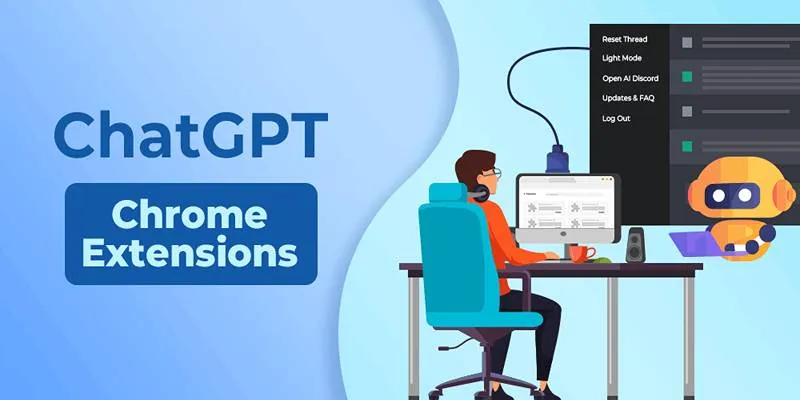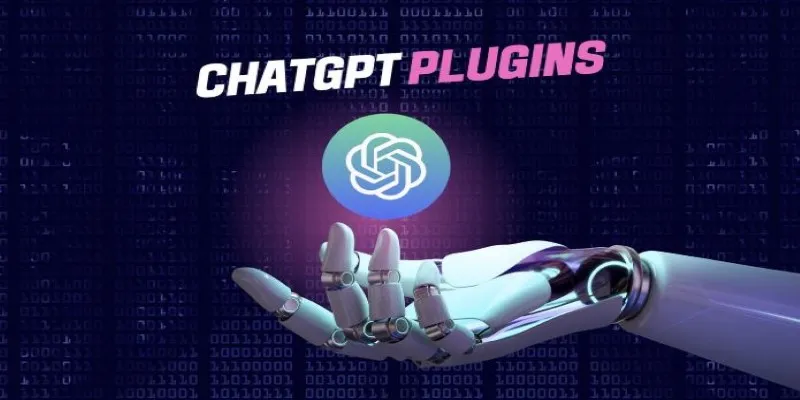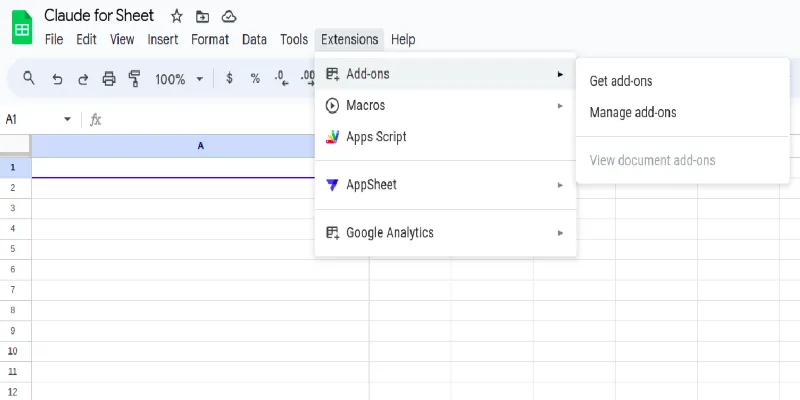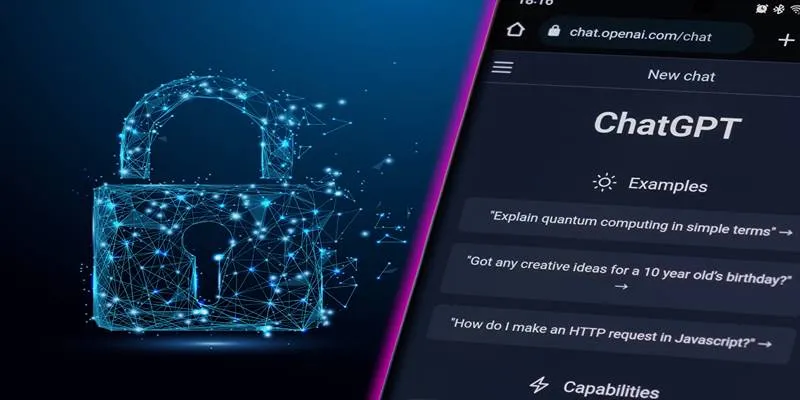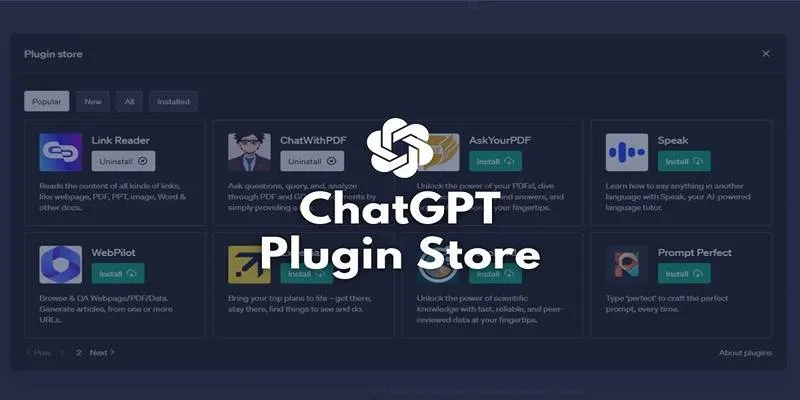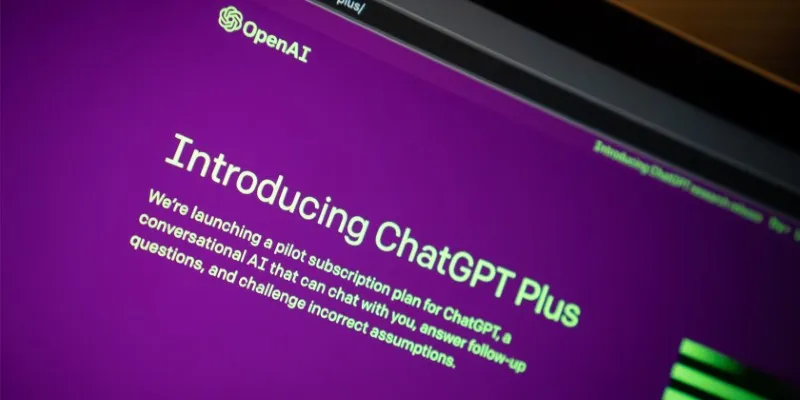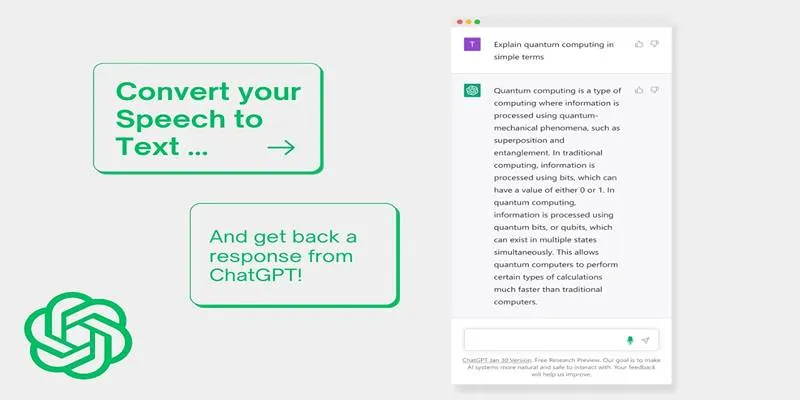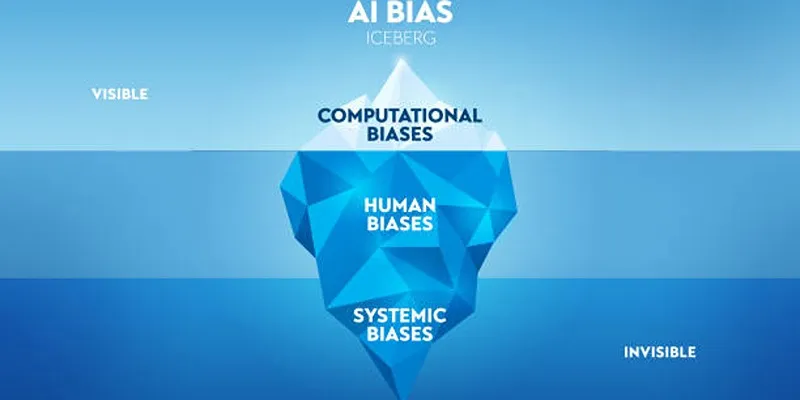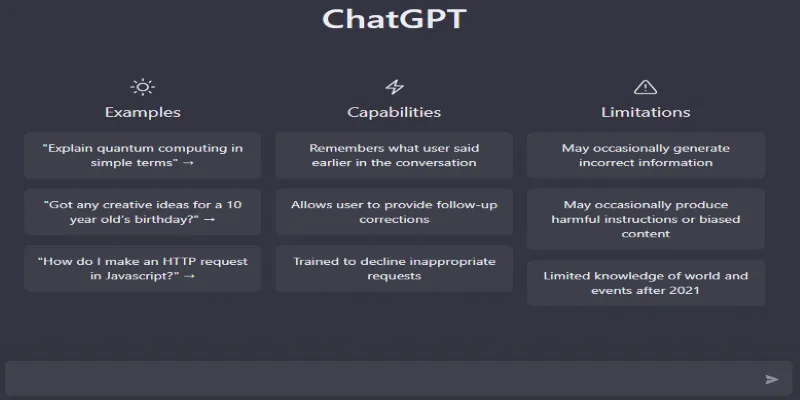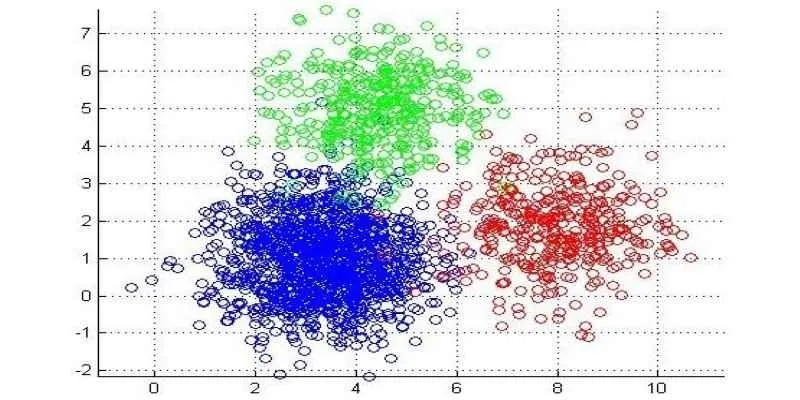The idea of asking questions and getting instant, smart answers is no longer a novelty. Two names dominate this space today: ChatGPT and Google Bard. Both are AI tools designed to assist with writing, research, problem-solving, and more. They respond in natural language, adapt to tone, and hold conversations that feel surprisingly human. But which one actually does a better job? Let’s dive deeper and compare them side by side, task by task.
Understanding Their Purpose
ChatGPT is developed by OpenAI, while Google Bard is Google’s creation. On the surface, both serve similar functions: you type something in, and they provide a well-formed answer. However, the process they use to arrive at that answer—and the user experience they offer—differ significantly.
ChatGPT
ChatGPT is trained on a mixture of licensed data, public data, and large-scale web data. It excels at handling conversations, remembering your questions within the same thread, and adapting to your tone. This makes it capable of crafting responses that can be playful, formal, or straightforward, depending on your preferences.
Google Bard
Google Bard, conversely, pulls directly from the web in real-time. It functions more like an enhanced search engine, reflecting Google’s typical style—factual, polished, and structured. It summarizes information succinctly, provides links to sources, and maintains a clean, straightforward interface.
While both are chat-based AIs, ChatGPT behaves more like a writing assistant, whereas Bard acts more like a research helper.
Comparing Response Quality
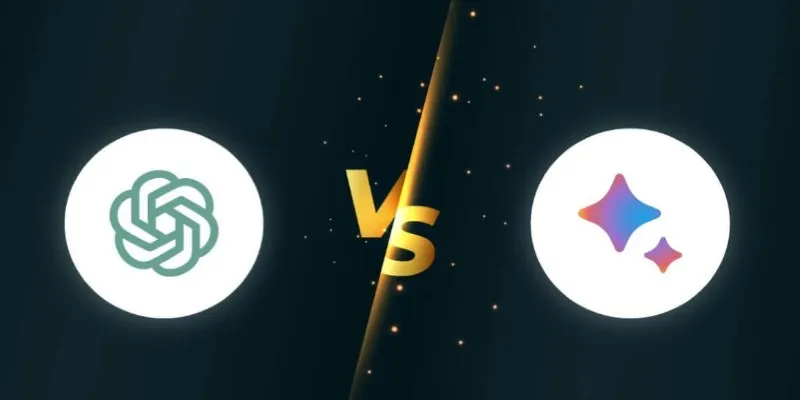
Tone and Personality
ChatGPT often comes across as more conversational. For instance, if you request, “Write me a fun story about a cat that goes to school,” it might include jokes, unexpected plot twists, or even ask if you’d prefer a happy or dramatic ending. In contrast, Bard’s version will likely be shorter, simpler, and more direct, possibly ending with a prompt for more information.
In short, ChatGPT feels more like talking to a human, while Bard feels more like reading a summary from a well-organized document.
Depth and Flexibility
For complex inquiries—such as understanding quantum computing or exploring ethical issues in AI hiring—ChatGPT tends to offer deeper, more comprehensive responses. It uses examples, compares viewpoints, and even clarifies difficult terms. Bard, while factually accurate, keeps answers brief, often listing bullet points or offering a paragraph with a link for further reading.
This makes ChatGPT preferable for in-depth learning, while Bard is ideal for quick top-level facts.
Day-to-Day Use: Strengths and Weaknesses
Depending on your needs, your preference for either tool may vary.
Writing Tasks
For writing assistance—be it a blog post, a cover letter, or creative content—ChatGPT stands out. Its responses are fluid, emotive, and often witty, making it easy to guide and adjust tone with simple prompts like “Make it more casual.”
Bard, though capable of writing, produces more formulaic outputs. It’s effective for filling templates or summarizing content but often lacks the flair that makes writing enjoyable.
Fact-Checking and Recent Info
Bard excels at providing real-time updates by pulling information directly from Google Search. This is advantageous for tracking live updates like stock prices or sports scores. ChatGPT, depending on its browsing capabilities, might not have access to the latest data.
For current events or live data, Bard is typically more accurate. However, for non-volatile information, ChatGPT is more reliable.
Multistep Instructions
When tasked with explaining processes like baking bread or creating a budget, ChatGPT usually breaks down instructions into clear steps, anticipating follow-up questions and adjusting language based on user experience. Bard provides a quicker overview, requiring more prompts for detail.
ChatGPT is more dependable for guided tasks that require a conversational walkthrough.
Interface and User Experience
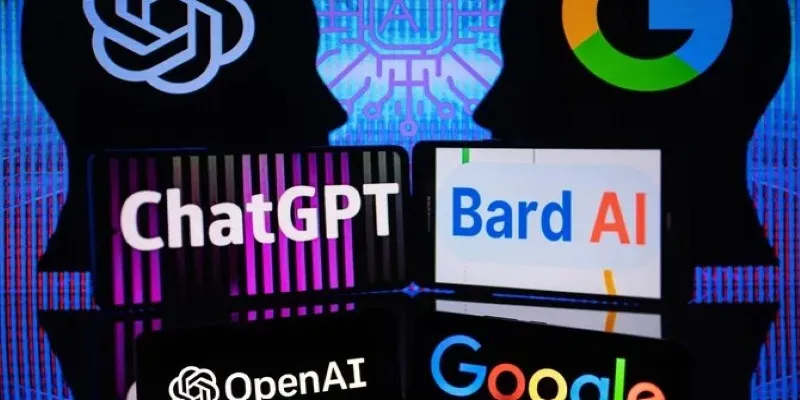
ChatGPT
ChatGPT offers a clean chat layout, retaining previous conversations and thread continuity, making it easy to build on past queries. While it doesn’t automatically show information sources, you can inquire about them.
Bard
Bard presents a more web-like interface, offering multiple response versions to switch between. It often includes links to sources, which is useful for verification or further exploration.
ChatGPT feels more like a conversation, while Bard resembles a smart version of Google Search.
Which AI Tool is Right for You?
If you’re seeking in-depth assistance, thoughtful responses, and writing that sounds human, ChatGPT is likely more satisfying. It adapts to your tone, follows instructions accurately, and provides a personal experience. Conversely, if speed, current facts, or quick summaries with sources are your priorities, Bard is unmatched—designed to deliver the freshest web info concisely.
Neither tool is superior in all aspects; it depends on your specific needs. ChatGPT excels as a helpful assistant, while Bard is perfect for quick information gathering. Instead of asking which is “better,” consider what you need help with today. Both tools are valuable, each in their own way.
 zfn9
zfn9

